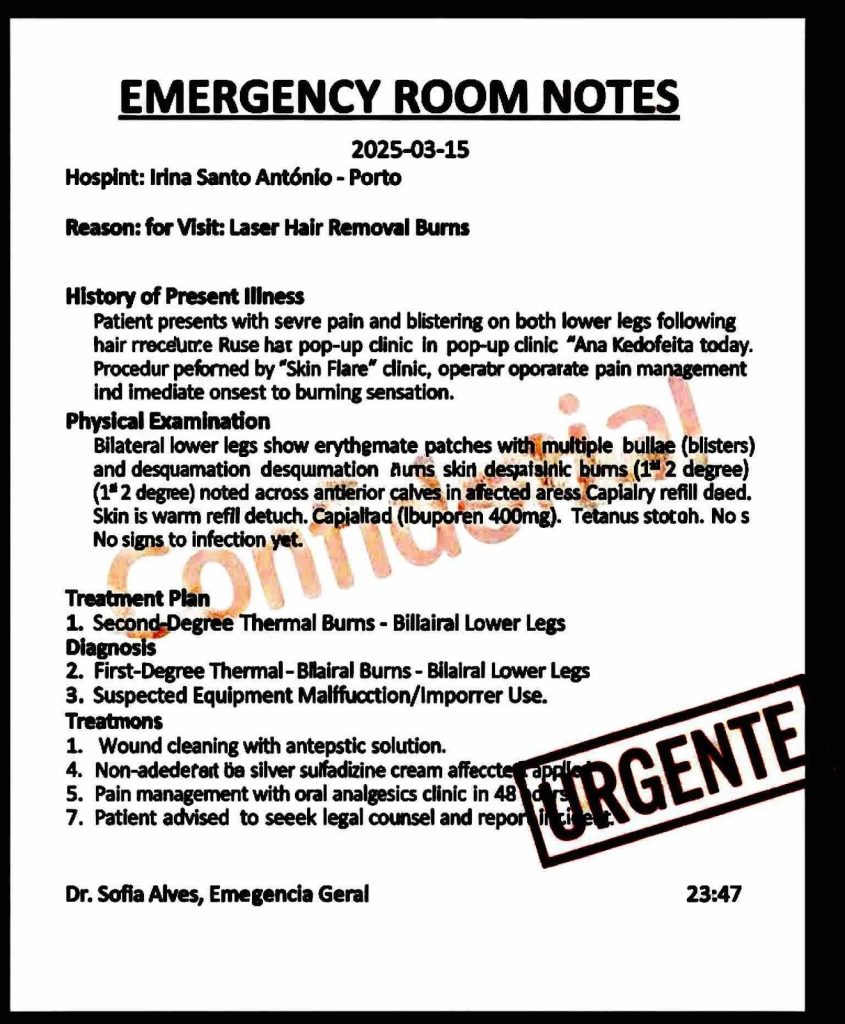10 Fitness and Weight Loss Myths Trainers Want You to Stop Believing

Getty Images
Thanks to diet culture, the fitness industry is filled with misinformation about what it takes to be truly healthy. And with many gyms still closed (and some exercisers opting not to use gyms in places where they are open), more people than ever are creating their own workouts, trying virtual fitness classes, and using home workout programs for the first time. But because there are so many conflicting messages out there, it can be difficult to figure out what types of exercise will work for you and deliver the results you’re after.
Ahead, expert trainers outline the biggest fitness myths they encounter with their clients and on social media. Then, they explain the real deal.
Myth #1: Crunches are the best way to target your core.
Most people think of six-pack abs when they think about their core. Which is one of the reasons crunches, which target these muscles, are such a popular exercise.
The truth: You need more than just crunches to strengthen your core.
“You will feel your ‘six-pack’ muscles — or your rectus abdominis — in crunches, but in order to have a strong core, you have to also target your obliques, transverse abdominis, and the muscles of your pelvis, hips, and low back,” says Maeve McEwen, Senior Trainer at P.volve.
Some of McEwen’s favorites for targeting the entire core include standing abdominal exercises, bridges, and form-focused planks. “Crunches are still beneficial if performed correctly, but you won’t feel and see the results if you are not also training the core as a whole,” she adds.
RELATED: The Biggest Online Workout Mistakes, According to Trainers
Myth #2: You can spot reduce an area of your body.
“Spot reduction, particularly belly fat reduction, is one of the biggest myths in the fitness industry,” says Margie Clegg, a certified personal trainer and certified sports nutritionist. For instance, this myth says that if you do a ton of abs exercises, you’ll lose fat from your stomach, or if you do lots of inner thigh exercises, you can shrink that area.
The truth: You can’t lose fat in just one area.
“We lose body fat in different areas at different speeds, and no matter how much we try, we can’t control which areas the body fat will come off first,” Clegg says. So what should you do if you want to focus on a specific area? Clegg’s advice: Start a well-rounded strength and cardio training program. “Focus on movements like squats, lunges, and push-ups, which use larger and smaller muscles in the body and give you more bang for your buck.”
Myth #3: To see faster progress, train every day.
Some fitness personalities preach the “no days off” mentality. But experts say working out every single day can actually do more harm than good.
The truth: You need rest days.
It can take anywhere from 24 to 72 hours for your body to repair from a workout — and that’s when “progress” actually happens, according to Emily Hutchins, a certified personal trainer and Performance Enhancement Specialist with RSP Nutrition. ”Keep training during those blocks of time, and your risk of injury or overtraining goes way up. If you never change the oil in your car, it’s going to burn out the engine. It’s the same with the human body: If you don’t take time to repair and rest, your body will fail you.”
RELATED: How to Ease Back Into Working Out Again, According to Trainers
Myth #4: Long workouts are required for results.
“I think this myth comes from the concept of quantity over quality,” says Riley O’Donnell, trainer at Fhitting Room. “People think that doing more for longer yields more results.”
The truth: Short workouts are effective, too.
In other words, you don’t have to spend an hour working out every single time you exercise. “If you only have 30 minutes, don’t let that discourage you from working out,” O’Donnell says. “Focus on the quality and the effort you are giving while you are working out, and you will see major changes in your overall cardiovascular endurance and health.”
Myth #5: There’s a specific workout that can give you “long, lean lines.”
Many workout programs promise longer, leaner muscles. This is particularly pervasive in the low-impact fitness world, which includes Pilates, barre, yoga, and more.
The truth: Genetics determines your muscle shape.
“We are all different — and that’s actually a wonderful thing,” says Helen Phelan, founder of Helen Phelan Studio. For instance, Pilates is great for longevity, balance, control, confidence, and mobility, but it’s not necessarily going to give you the body we associate with models or dancers if that’s not your genetic predisposition, she explains. “I think this is important to know because people feel like personal failures when they put the work in and the ‘results’ don’t show.”
Myth #6: Heavy weightlifting will make you “bulk up.”
“This is one of the oldest myths in the book and my least favorite,” O’Donnell says. Just as a certain workout won’t make you “long and lean” if you’re not built that way, heavy weights won’t suddenly make you jacked.
The truth: It’s harder to get bulky muscles than you think.
“‘Bulking’ like a bodybuilder or professional athlete is impossible without extreme and specific training and dieting,” O’Donnell says. “Adding heavier weights to your workouts will only bring benefits, such as maintaining muscle as you get older, increasing your bone density, improving your metabolism, and helping you feel stronger and more confident.”
Myth #7: Weight loss is the main reason you should work out.
When you look at the messaging and marketing around most workout programs, there’s a lot of talk about weig
ht loss, “toning,” and shedding pounds. “As a society, we don’t consider larger bodies attractive, for many racist and sexist reasons that activists more fluent than I could explain,” Phelan says. “Because of this, the pursuit of health has actually been commandeered to be about the pursuit of thinness and a very limited idea of beauty.”
The truth: There are SO MANY other reasons to exercise.
Like… better physical health, better mental health, better sleep, oh — and enjoyment! That’s a pretty compelling reason, too.
Plus, health is about so much more than size. “You could have the ‘fittest’ body and the ‘cleanest’ diet and still have mental health issues that keep you from feeling your best or experiencing health.”
Most of all, movement can be used as a tool to enhance positive experiences in the body, Phelan says, rather than feeling like we need to punish ourselves or “make up for” the food we eat.
RELATED: Sorry, But “Metabolism-Boosting” Foods Are a Sham
Myth #8: Muscle “turns to fat” when you stop working out.
“One of the biggest myths that keeps people from strength training is that once they stop, their muscle will turn to fat,” Clegg says. “This myth likely comes from seeing former athletes who used to be fit and muscular and now look out of shape.”
The truth: Muscles can shrink, but they don’t turn to fat.
Muscles grow when you strength train. When you stop, your muscles get smaller. It’s as simple as that.
One of the reasons this myth seems to be true, though, is that having more muscle mass increases your metabolism. “So a muscular person is able to eat more calories without gaining fat than a person of the same frame with less muscle,” Clegg says. When your muscles shrink, your caloric needs go down. ”If a person is still eating at the same amount, they will gain fat, thus giving the impression that their muscle has turned into fat.”
Myth #9: High-intensity exercise is always better.
HIIT is incredibly popular, which makes people think they should be crushing burpees and plyometrics in every workout session. “The feeling of exhaustion and dripping in sweat after a workout has been deemed the ‘most successful’ way to workout,” McEwen says.
The truth: HIIT is great, but lower-intensity workouts are effective, too.
“Although there is nothing wrong with pushing yourself to your limits every so often, if you are not using proper form and not allowing time for recovery, you may be doing more harm than good,” McEwen says. “My advice is that people begin to introduce low impact and lower-rep workouts into their routine.” A slower pace and more conscious movement can have lasting benefits, she adds. “When you take the time to understand the mechanics of your body and mindfully connect, you can carry this awareness with you not only into other workouts, but your everyday life — and fewer reps will make a greater impact.”
Myth #10: Squats and running are bad for your knees.
Lots of people deal with knee problems, especially later in life. In an effort to help prevent this, some trainers and medical professionals warn their clients and patients against activities like running and squatting. This makes it seem like squatting and running are inherently bad for your knees, causing many people to skip out on them altogether.
The truth: There are no “bad” exercises.
But there are some movements the body isn’t prepared for, according to Alec Hyde PT, DPT, CSCS, a performance physical therapist at Complex Health and Wellness. People occasionally get knee pain if they run too much too fast, or if they squat too heavy too fast, but neither exercise is inherently bad for your knees, Hyde says.
In fact, Hyde says anytime someone broadly states no one should ever perform a certain exercise, it’s smart to be wary. Of course, if an exercise causes pain, that’s a sign to stop and scale things back — but there’s no such thing as an exercise that’s “bad” for everyone.








